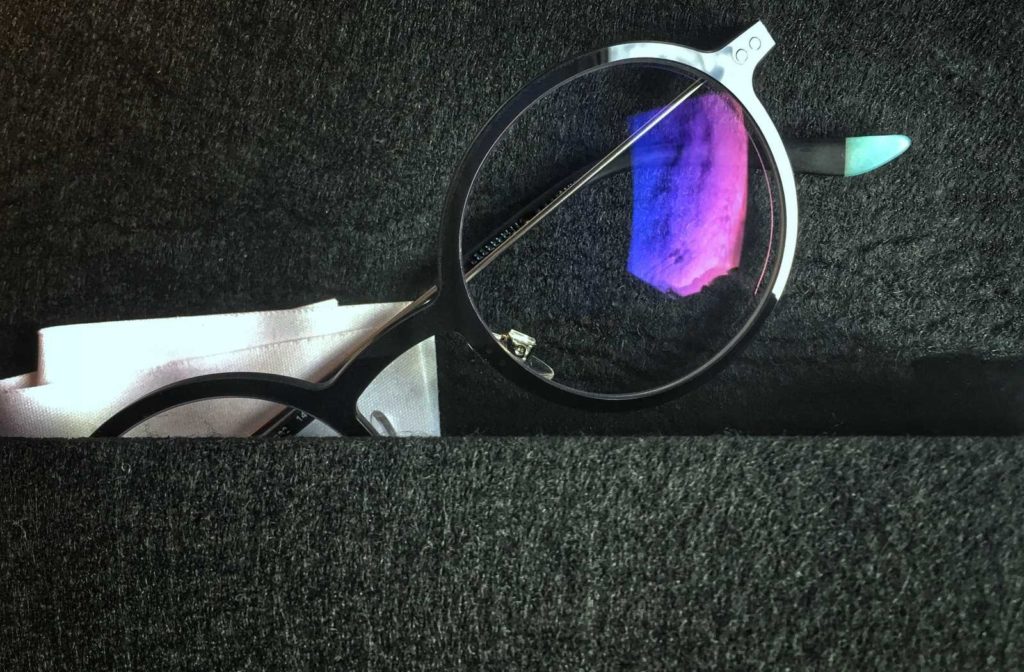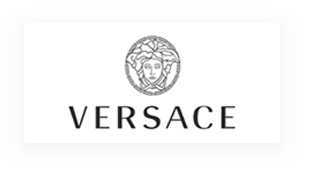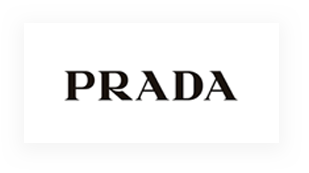There’s a lot of talk about smartphones these days. Lots of devices with display screens get a bad rap from their psychological effects sometimes. Still, as light sources, we like to assess how they affect optometry patients’ eyes.
Of course, protection from sunlight is also something we all need to look out for; it’s a steady source not only of UV light but of HEV light.

What is HEV?
High-Energy Visible (HEV) light, like ultraviolet light, is a part of the electromagnetic (EM) spectrum. You might think of light, x-rays, microwaves, and radio signals as distinctly different. But they’re all the same energy with different effects.
EM Spectrum
These common examples of EM are all radiation emitted from an energy source, carrying energy through space in waves. Each wave is connected to the next, and the distance between is called wavelength. The shorter the wavelength, the more power the EM radiation carries.
Sunlight
The sun, a nuclear reaction technically, emits all sorts of radiation. After passing through the atmosphere — we experience sunlight as a mixture of EM radiation. This light ranges from ultraviolet to visible light, infrared, and it even includes radio waves.
Anything beyond the visible spectrum can make trouble for your body’s cells. But most of the highest energy radiation like x-rays and very short-wave ultraviolet light (UV type C) doesn’t make it to Earth’s surface — thanks to the ozone layer. UV-A and UV-B do reach the surface, though.
Visible Light
Visible light is what brightens our planet up and gives us daytime. White light is a mixture of visible light, which breaks down into red, orange, yellow, green, blue, indigo, and violet light. The wavelengths of blue, indigo and violet light are slightly shorter than the others, so they conduct more energy. Usually, we measure this EM in nanometers, 1 billionth of a meter at a microscopic scale.
This EM radiation is called high-energy visible light, with a wavelength ranging from just over 470nm to about 400nm. Less than 400nm and more than 100nm qualifies the EM wave as ultraviolet light. That’s some high energy! UV light can damage cells, so HEV light might be a concern.
Blue Light vs HEV
Sometimes optometrists, ophthalmologists, and other health experts call HEV light “blue light.” But if there’s any concern for blue light, indigo and violet light certainly pose a similar risk. High-energy visible light is a bit more of a catch-all term for discussion about noteworthy visible light.
Why the Concern for HEV?
HEV light has not yet been officially flagged as a confirmed hazard to your eye health. But some research suggests that it is harmful with extended exposure.
It’s thought that high energy blue light penetrates the cornea and lens; it can damage the retina and increases the risk of dry eye, cataracts, and age-related macular degeneration.
Artificial or natural HEV sources affect the brain’s release of melatonin, which directly affects the quality of sleep you can achieve. That’s part of the reason we awaken with daylight.
Moreover, looking at a screen for extended periods can lead to digital eye strain. Digital eye strain can include symptoms of dry eyes, dizziness, heachaches, excessive tears, and blurry vision.
High-Energy Visible Light and its Sources
Sunlight is our biggest source of high-energy visible light. Still, plenty of people are heavily exposed to smart devices, LED bulbs, monitors, and flatscreen TVs. Consequently, our eyes are getting significant artificial sources of high energy visible light blue light. Combined with the usual sunlight exposure, human eyes might not be prepared to deal with these new levels of HEV.
Is HEV Light Actually Hazardous?
This question can get you different answers sometimes. Studies say that it is dangerous, especially with prolonged exposure. But some of this research was conducted in a lab, on human tissue but not on live patients. In addition, while digital eye strain goes hand in hand with HEV light-emitting, blue light is not the actual cause of digital eye strain.
Sunlight, our main source of high-energy visible light, definitely can damage your eyes with prolonged exposure. But that might be partly due to its ultraviolet content.
The research on the link between UV light and cataracts is reliable, but linking blue light to age-related macular degeneration has had mixed results. Still, blue light exposure’s long-term effects aren’t completely understood, so any real hazards with HEV might be undisputed someday. Many optometrists are looking into HEV protection.

How to Protect Your Eyes from HEV
If there is a risk from the harm of blue light, you can take a few simple steps to protect the longevity of your eyes:
- Consider blue light filtration lens coatings available for prescription eyeglasses.
- Limit screen time if you can: there aren’t any hard and fast rules, but less is more.
- Adjust your screens’ display settings for dark or night modes with warmer colours.
- Consider blue light screen covers.
- Wear sunglasses, tinted to filter 75-90% of visible spectrum sunlight you’re exposed to.
- Enjoy a diet with omega-3 fatty acids, beta-carotene, flavonoids, lutein, vitamins, and zinc.
- Apply 20/20/20: every 20 minutes, relax and look at an object 20m away, for 20 seconds.
These steps should be more than enough to guard against the potential hazard since it covers your bases for both natural and artificial sources.
Keep HEV Light Exposure Limited
If all it takes is a coating on your glasses to be safe, it might be worth it. Either way, there are other steps you can take to avoid cataracts and macular degeneration. There’s no shortage of ways to keep your eyes healthy and clear even into old age.
Get your eye exams regularly, wear sunglasses each day, and supplement your diet as best you can to promote healthy eyes. As long as you keep them that way! Talk to your optometrist about your options.















